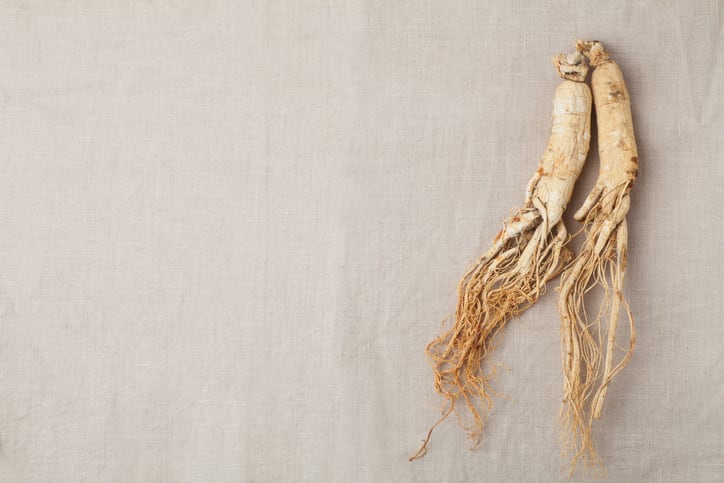Amorepacific: Aged ginseng extract exhibits stronger anti-inflammatory properties than fresh extract
An Amorepacific study reveals that aged ginseng extract offers greater anti-inflammatory potential compared to fresh ginseng extract.
The study, which was published in the January edition of the Journal of Ginseng Research, explored the properties of Lymphanax-EE.
Lymphanax-EE was created by ageing white ginseng with an anaerobic fermentation process then extracting it with ethanol.
According to the paper, the fermentation process was designed to enhance specific beneficial compounds.
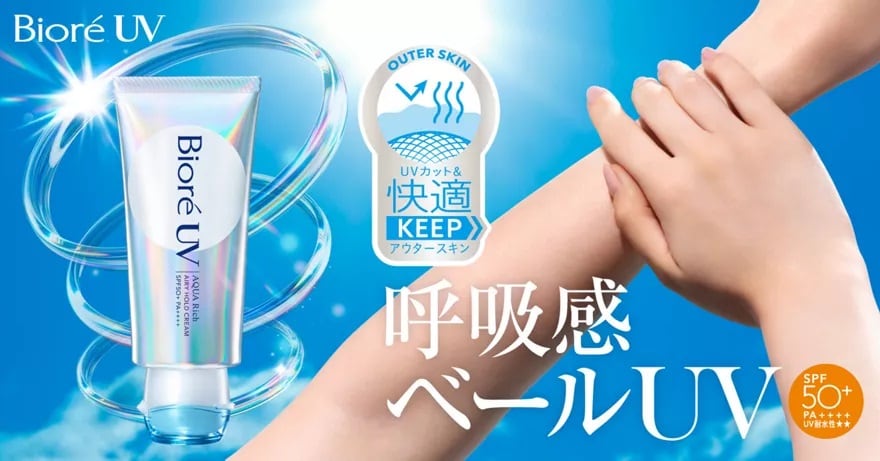
‘Seamless’ R&D across all categories needed in sun protection – Kao Corp
Kao Corporation has emphasised the need for seamless R&D integration across all product categories to advance sun protection innovations.
The Japanese beauty conglomerate has ambitions to become the global leader in skin protection.
Its portfolio boasts brands such as Bioré—one of the most recognisable names in UV protection—and Bondi Sands, the Australian self-tanning brand it acquired in 2023.
The latter was acquired to extend Kao’s focus on the skin protection category, which is becoming more important with increased consumer awareness as well as environmental factors such as pollution and global warming.
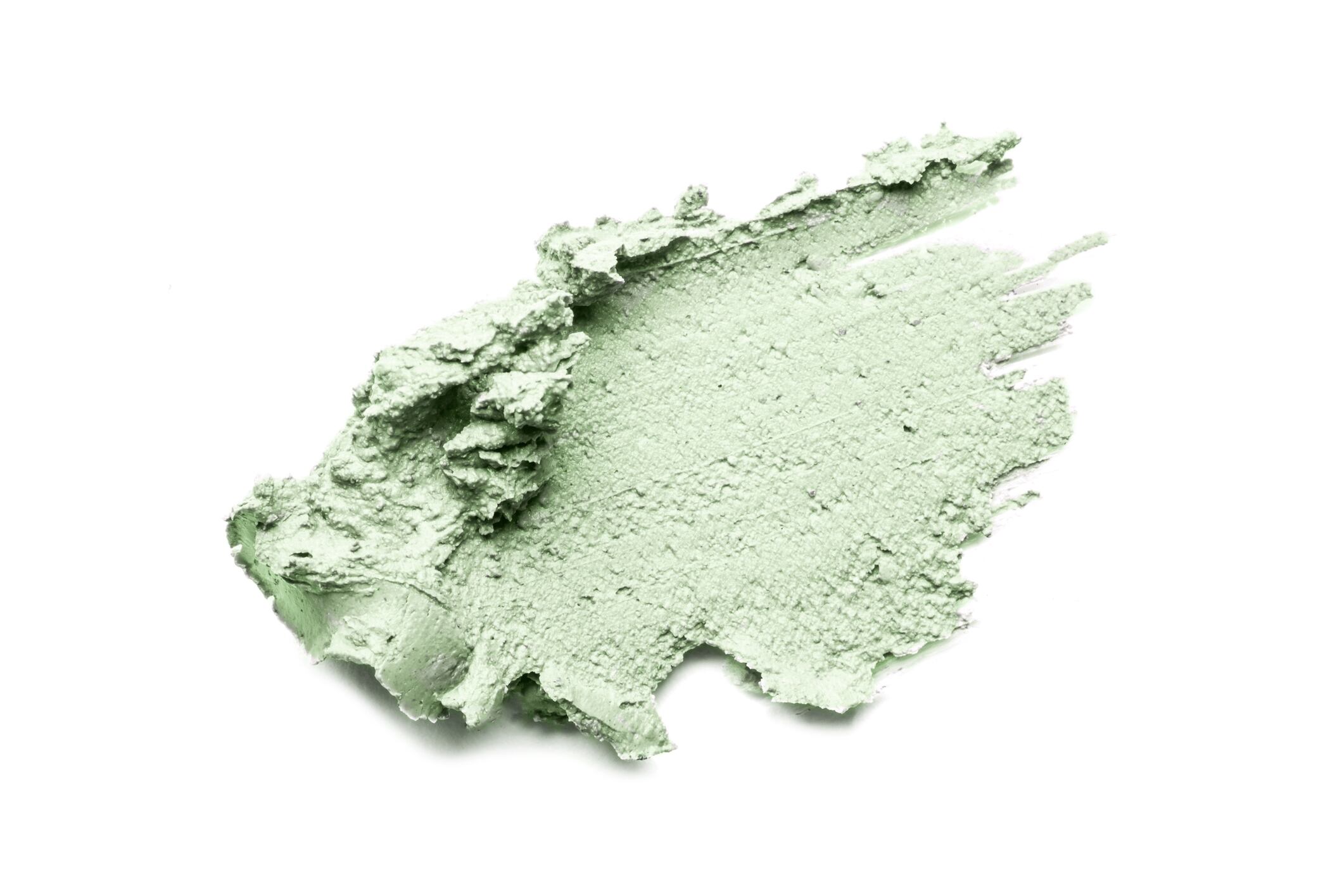
Sensient develops product to meet rising demand for colour correctors
Sensient has developed a green colour corrector it claims can provides long-lasting brightness compared to chromium oxide.
The company launched SensiBright Green CS780 at the Personal Care and Homecare Ingredients (PCHi) trade show in Guangzhou, China, which was held from February 19 to 21.
The product was launched to meet the growing demand for colour correctors in the makeup category, especially in China, where having bright skin is considered the beauty ideal.
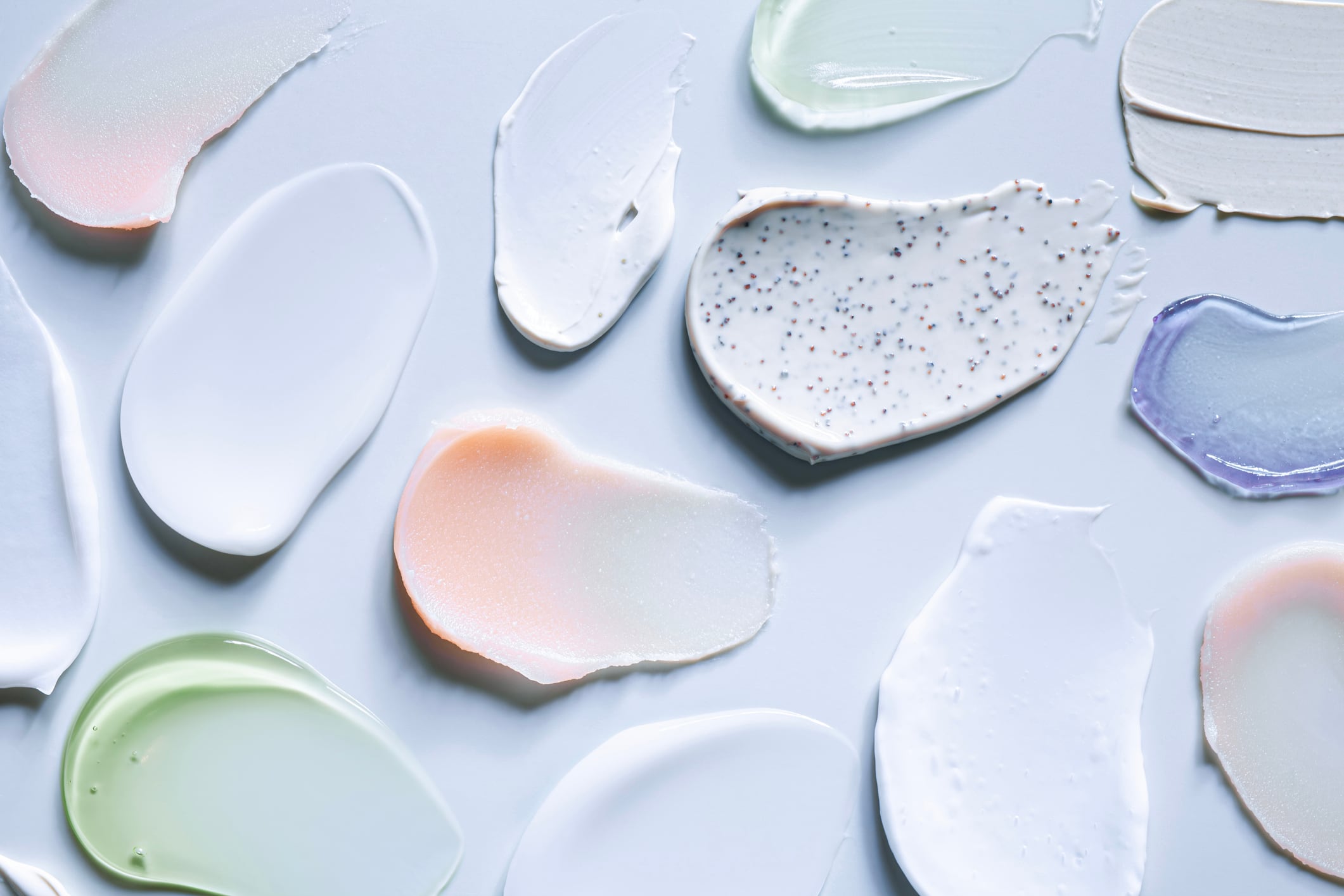
Young cosmetic formulators challenge industry with demand for novel innovations – Clariant
A new generation of cosmetic formulators is challenging ingredient companies with bold ideas, pushing them to enhance its portfolio to keep up with their creativity.
At this year’s Personal Care and Homecare Ingredients (PCHi) exhibition in Guangzhou, Clariant introduced its Beauty = Clariant (X) concept, which highlights how its portfolio of ingredients can come together to create solutions that meet various consumer preferences and needs.
“The PCHi show allows us to showcase our unique approach to decoding beauty through cutting-edge ingredients that deliver unparalleled sensory experiences and high-performance efficacy,” said Michael Haspel, Clariant’s Global Head of Personal & Home Care.
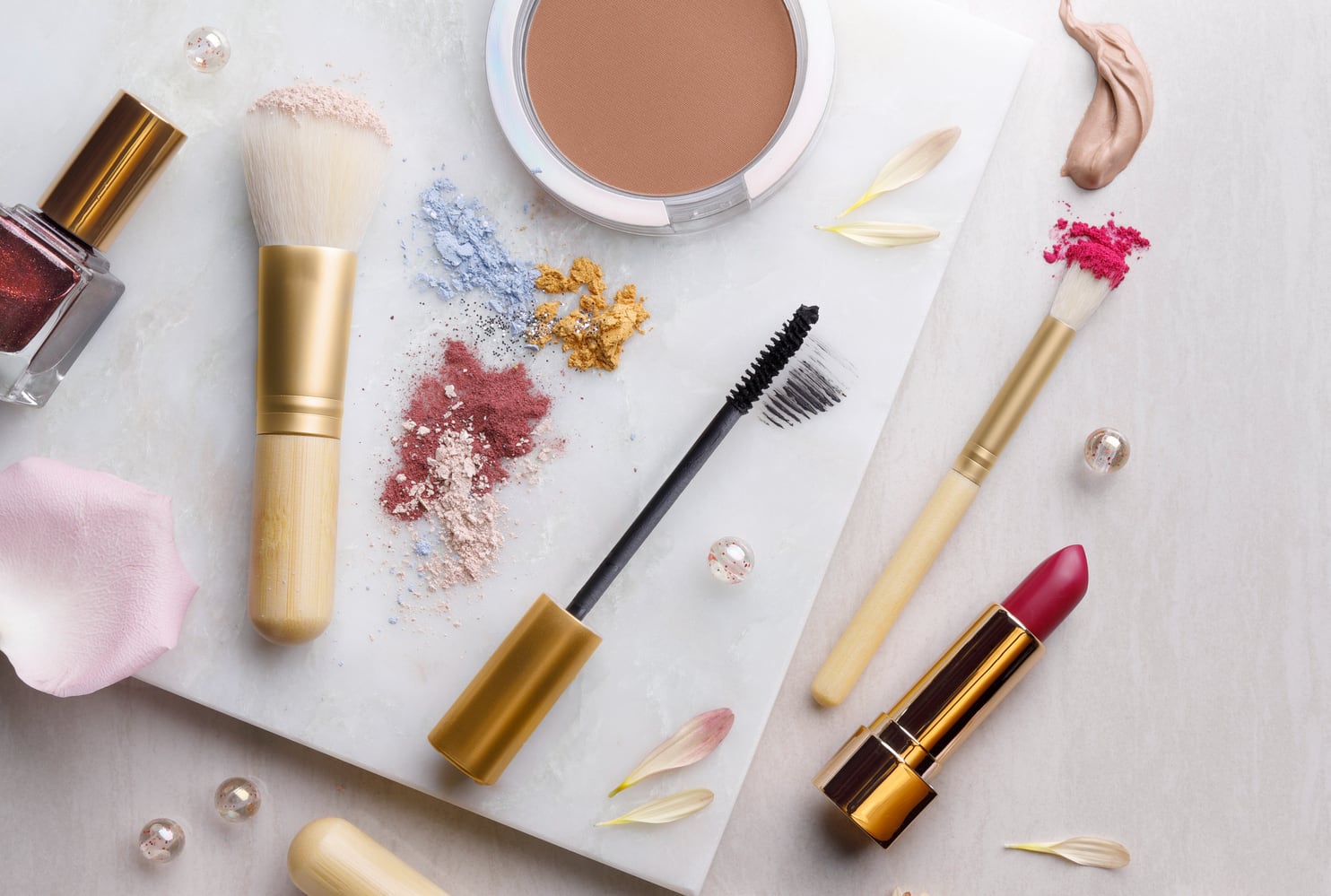
Sensory beauty: Huge room for innovation as consumers prioritise self-care
Cosmetics companies targeting Asian consumers should look further into product experiences that stimulate all senses, an area with huge room for innovation, says an expert.
According to Ulysse Lardy, R&D manager of Chinese cosmetics company Carslan Laboratory in Italy, sensory aspects of a product are continuing to shape innovation in Asia, especially as consumers increasingly prioritise wellness and self-care.
“Asian consumers are looking for an all-sensorial experience, such as a playful tactile texture. Cosmetics don’t just need to be functional, but they are also perceived as a game.


